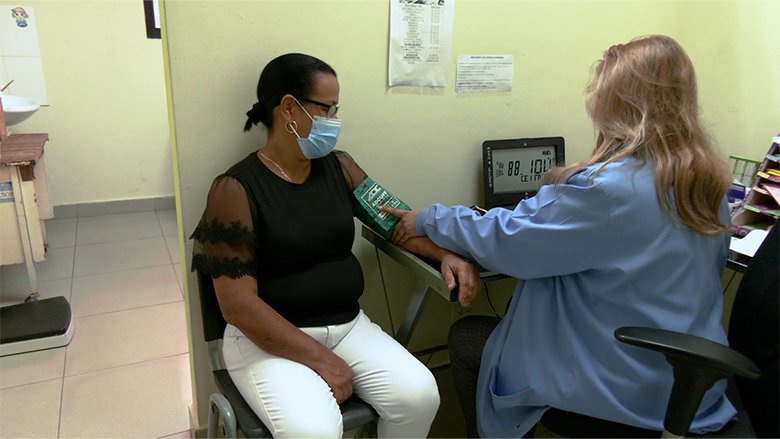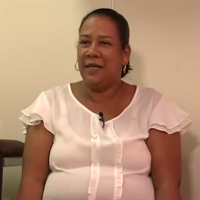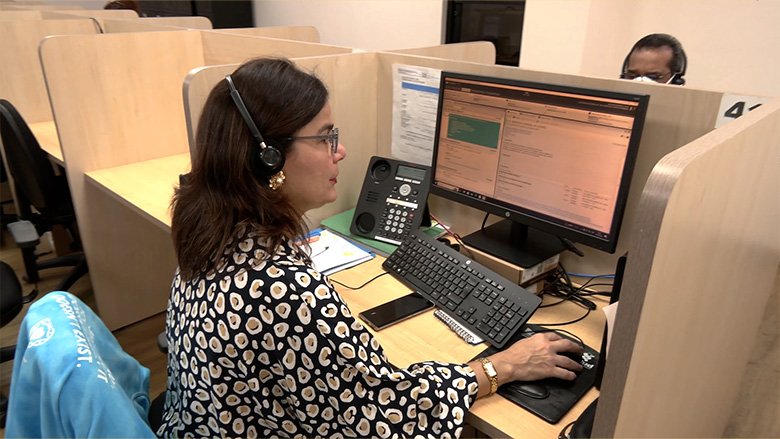“The Telemedicine project was an essential strategy of the Ministry of Health to provide continuous care for patients with chronic diseases during the COVID-19 pandemic”, says Dr. Ivonne Villareal, National Director of Health Services Provision. Currently, the program operates in 12 of the 16 Panamanian health regions. Similarly, while the program is growing, Villareal also considers there were lessons learned during implementation that could be addressed to improve the service.
Eduardo Miranda Martinez, another Telemedicine patient, has also had a positive experience. Telemedicine has improved his quality of life by eliminating the need to wait in long lines, commute, and wake up early for an appointment. However, for him includes bidirectionality in the services could be also valuable; “for example, if a patient cannot keep his appointment, there is no way to contact the doctor to reschedule.” Additionally, Eduardo believes the service could be more efficient by shortening the time between appointments, which are usually scheduled every three months. Patient’s feedback like those from Eduardo Miranda, offer valuable insights for scaling and improving the Telemedicine program in Panama.
Now, two years after the implementation of the Telemedicine program, more than 60,000 people with chronic diseases have been attended. The Program is expanding to provide other services, including mental health, and using new technologies to move from a phone to a video call.
The Program is also piloting ways of connecting patients and doctors at primary healthcare centers with specialists in hospitals, to provide closer access to more specialized services. For example, the Program intends to reach the Indigenous Comarcas, starting with a pilot project at the José Domingo de Obaldía Hospital in the province of Chiriquí, which serves many of the Ngäbe-Buglé indigenous population.
The World Bank and the Japan International Cooperation Agency (JICA) have been crucial partners of the Panamanian Ministry of Health in strengthening Telemedicine services by financing the acquisition of technological equipment and building the capacity of the national coordinators and of the doctors who will be working in the Telemedicine program. They have also worked with other partners, including the Pan American Health Organization (PAHO) to ensure coordination and complementarity.
The power of telemedicine and, more broadly telehealth, and the use of digital technologies is an innovative complement to facilitate Panamanians' access to quality health services, promoting health universality, especially for those who are more vulnerable and need it most.



